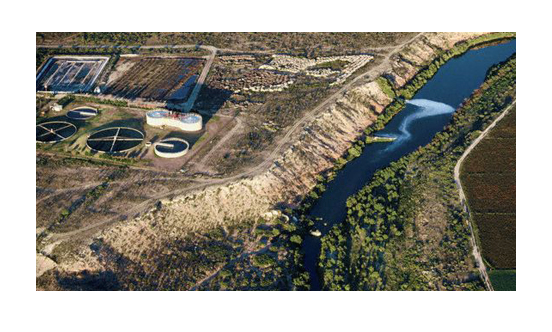
The first conservative assumption to consider typically involves the dilution flow allowance, since this factor can exert a significant influence on the limit. When the permit limit is not based on complete dilution, a mixing zone/dilution evaluation may be required. Hall & Associates conducts plume modeling using the various mixing zone models supported by EPA. Hall & Associates also prepares and implements dye study investigations to determine mixing under site-specific conditions and as a means to calibrate plume models for the assessment of dilution under alternative flow conditions.
Where effluent limitations are based on complete mixing with the receiving water, H&A has applied several techniques to ensure that the permitting assumptions do not yield overly conservative effluent limits. These techniques include reassessment of river flows, site-specific ambient data evaluation, and statistical modeling. H&A has re-evaluated flow return frequencies (e.g., 7/Q/10) using updated USGS flow data and log Pearson Type III statistical evaluation where changes to the drainage area (e.g., addition of an impoundment) affect minimum flow characteristics. In several cases, H&A has evaluated ambient concentration data for conservative substances to identify actual dilution under dynamic conditions that otherwise defy the use of standardized mixing equations.
